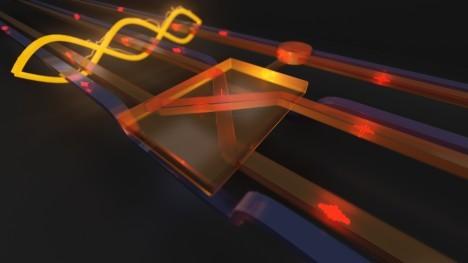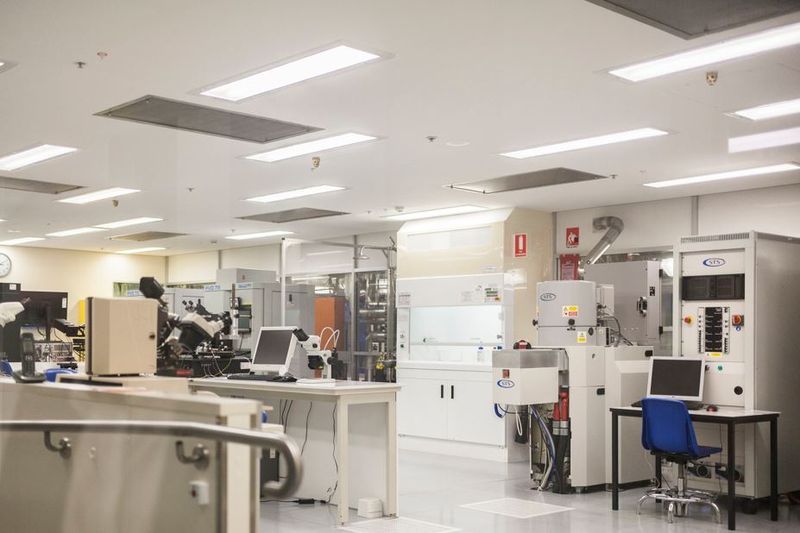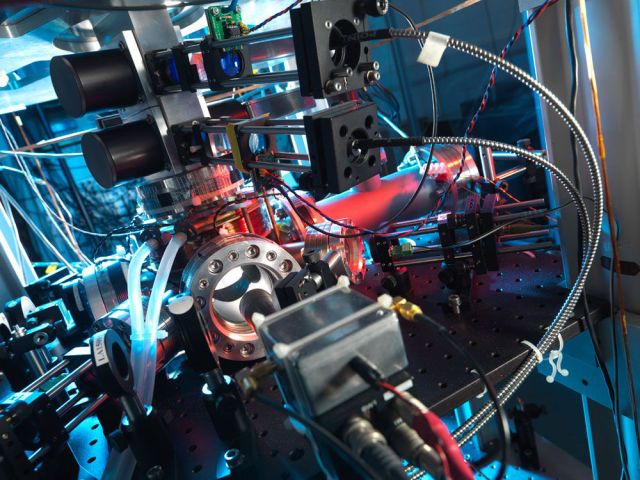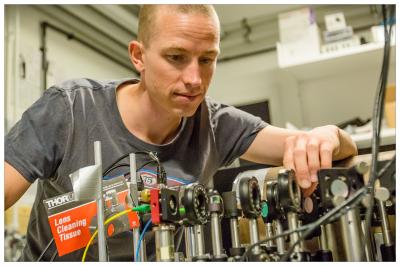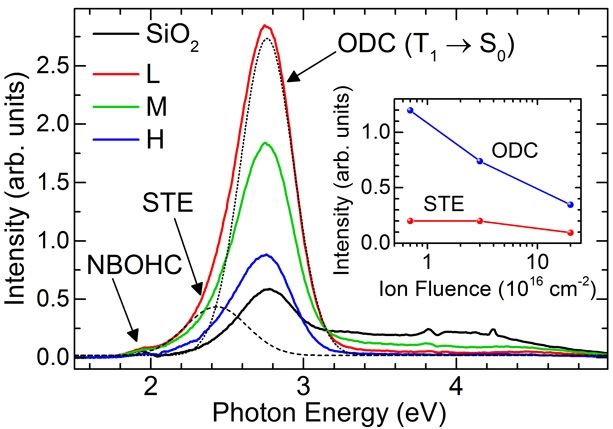Archive for the ‘quantum physics’ category: Page 784
Jul 18, 2016
Can we find a quantum-resistant algorithm before it’s too late?
Posted by Karen Hurst in categories: computing, information science, internet, quantum physics, security
The warning from QuintessenceLabs’ CTO John Leisoboer is stark. “When sufficiently powerful quantum computers become generally available,” he says, “it’s guaranteed to break all existing cryptographic systems that we know of.”
In other words, he adds, “Everything that we’re doing today will be broken.”
It’s a sentiment echoed by Google’s Chrome security software engineer Matt Braithwaite who wrote in a blog post earlier this month that “a hypothetical, future quantum computer would be able to retrospectively decrypt any internet communication that was recorded today”.
Continue reading “Can we find a quantum-resistant algorithm before it’s too late?” »
Jul 17, 2016
Primitive Quantum Computers Are Already Outperforming Current Machines
Posted by Andreas Matt in categories: computing, information science, particle physics, quantum physics
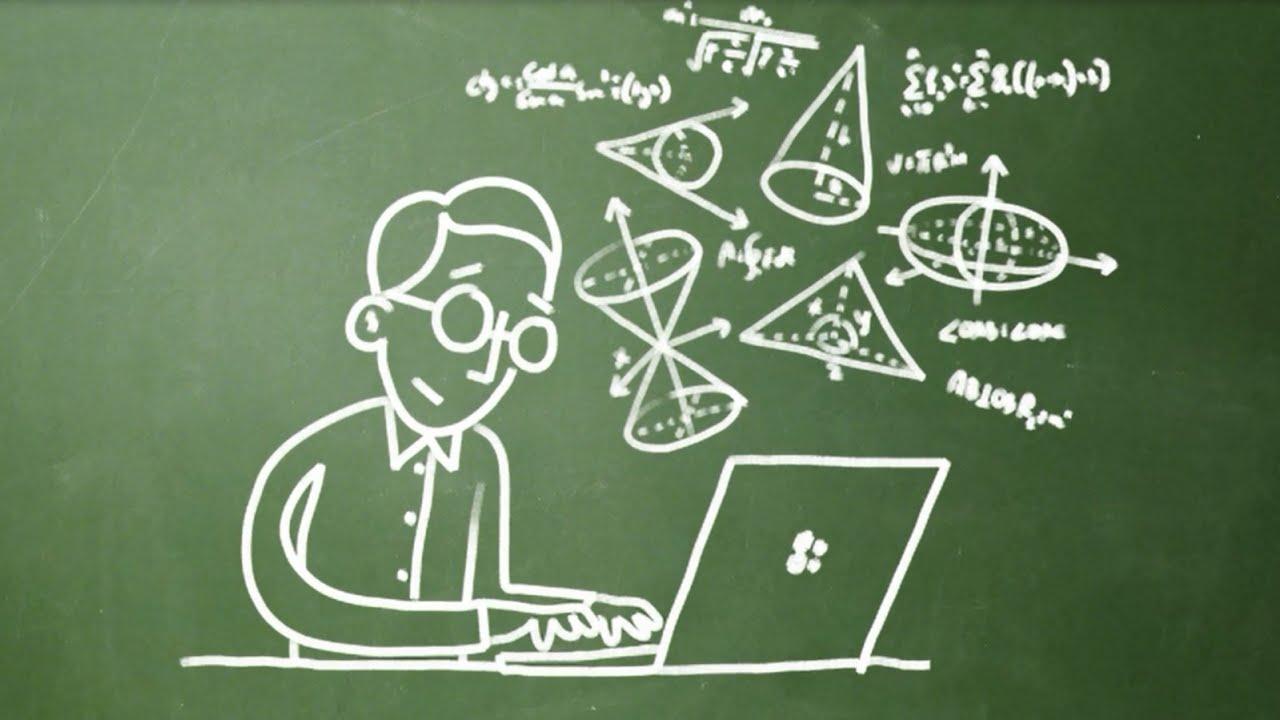
https://youtube.com/watch?v=jg8iCnQTLfM
A team has used simple quantum processors to run “quantum walk” algorithms, showing that even primitive quantum computers can outperform the classical variety in certain scenarios—and suggesting that the age of quantum computing may be closer than we imagined.
By now, most readers of Futurism are probably pretty well acquainted with the concept (and fantastic promise) of quantum computing.
Continue reading “Primitive Quantum Computers Are Already Outperforming Current Machines” »
Jul 16, 2016
Gravity doesn’t care about quantum spin
Posted by Karen Hurst in categories: particle physics, quantum physics, space
Physics, as you may have read before, is based around two wildly successful theories. On the grand scale, galaxies, planets, and all the other big stuff dance to the tune of gravity. But, like your teenage daughter, all the little stuff stares in bewildered embarrassment at gravity’s dancing. Quantum mechanics is the only beat the little stuff is willing get down to. Unlike teenage rebellion, though, no one claims to understand what keeps relativity and quantum mechanics from getting along.
Because we refuse to believe that these two theories are separate, physicists are constantly trying to find a way to fit them together. Part-in-parcel with creating a unifying model is finding evidence of a connection between the gravity and quantum mechanics. For example, showing that the gravitational force experienced by a particle depended on the particle’s internal quantum state would be a great sign of a deeper connection between the two theories. The latest attempt to show this uses a new way to look for coupling between gravity and the quantum property called spin.
I’m free, free fallin’
Continue reading “Gravity doesn’t care about quantum spin” »
Jul 16, 2016
Optical Magnetic Field Sensor can Detect Ultra-Small Magnetic Fields
Posted by Karen Hurst in categories: particle physics, quantum physics
Small magnetic fields from the human body can usually only be picked up by very sensitive superconducting magnetic field sensors that have to be cooled by liquid helium to near absolute zero (which is minus 273 degrees Celsius). But now researchers from the Niels Bohr Institute at the University of Copenhagen have developed a much cheaper and more practical optical magnetic field sensor that even works at room temperature or at body temperature.
“The optical magnetic field sensor is based on a gas of caesium atoms in a small glass container. Each caesium atom is equivalent to a small bar magnet, which is affected by external magnetic fields. The atoms and thus the magnetic field are picked up using laser light. The method is based on quantum optics and atomic physics and can be used to measure extremely small magnetic fields,” explains Kasper Jensen, assistant professor in the Center for Quantum Optics, Quantop at the Niels Bohr Institute at the University of Copenhagen.
Ultra sensitive magnetic field sensor.
Continue reading “Optical Magnetic Field Sensor can Detect Ultra-Small Magnetic Fields” »
Jul 15, 2016
Images made of relativistic electrons trapped in graphene quantum dots
Posted by Karen Hurst in categories: nanotechnology, particle physics, quantum physics
(Phys.org)—A team of researchers with the University of California, MIT, Lawrence Berkeley National Laboratory and the National Institute for Materials Science in Japan has created images of relativistic electrons trapped in graphene quantum dots. In their paper published in the journal Nature Physics the team describes how they achieved this feat and where they plan to take their work in the future.
As the many unique properties of graphene continue to unfold, scientists seek new ways to harness and eventually make use of them. One such use might be to control electrons to allow their use in nano-scaled devices, which could also inadvertently lead to a deeper understanding of Dirac fermions. In this new effort, the researchers have made progress in that area by devising a means for capturing and holding electrons and for creating images of the result.
Obtaining images of electron waveforms has thus far been particularly difficult—virtually all existing methods have resulted in too many defects. To get around such problems, the researchers took another approach to capturing the electrons. They first created circular p-n junctions by sending voltage through the tip of a scanning tunneling microscope down to a graphene sample below. At the same time, they also applied voltage to a slab of silicon underneath the piece of graphene, which was kept separated by a layer of silicon-oxide and a flake of boron nitride. Doing so caused defects in the boron nitride to ionize, resulting in charges migrating to the graphene.
Continue reading “Images made of relativistic electrons trapped in graphene quantum dots” »
Jul 15, 2016
Optical magnetic field sensor can detect signals from the nervous system
Posted by Karen Hurst in categories: neuroscience, quantum physics
Quantum physics: The human body is controlled by electrical impulses in, for example, the brain, the heart and nervous system. These electrical signals create tiny magnetic fields, which doctors could use to diagnose various diseases, for example diseases of the brain or heart problems in young foetuses. Researchers from the Niels Bohr Institute have now succeeded in developing a method for extremely precise measurements of such ultra-small magnetic fields with an optical magnetic field sensor. The results are published in the scientific journal, Scientific Reports.
Assistant Professor Kasper Jensen in the Quantop research group’s laboratories at the Niels Bohr Institute where the experiments are carried out. (Photo: Ola Jakup Joensen)
Small magnetic fields from the human body can usually only be picked up by very sensitive superconducting magnetic field sensors that have to be cooled by liquid helium to near absolute zero (which is minus 273 degrees Celsius). But now researchers from the Niels Bohr Institute at the University of Copenhagen have developed a much cheaper and more practical optical magnetic field sensor that even works at room temperature or at body temperature.
Continue reading “Optical magnetic field sensor can detect signals from the nervous system” »
Jul 15, 2016
Scientists: Quantum Fingerprinting May Be Better Than Classical Limit for Communication
Posted by Karen Hurst in category: quantum physics
Scientists found that quantum fingerprinting protocol can surpass the classical limit for solving communication complexity problems.
A new study has experimentally demonstrated a quantum fingerprinting protocol and shown that it can surpass the classical limit for solving communication complexity problems. Scientists say that in these problems, two parties each have a message, and they both share some of their message with a referee, who has to decide whether the two messages are the same or not. The classical limit requires that a minimum amount of information must be transmitted between each party and the referee in order for the referee to make this decision.
Researchers found that the best communication complexity protocols require transmission of data that is two orders of magnitude larger than the classical limit.
Jul 15, 2016
Visualizing Data: Illustrating Complex Quantum Matter Principles
Posted by Karen Hurst in categories: computing, quantum physics
By Dr. Robert Green, postdoctoral fellow, Quantum Matter Institute
In the field of quantum matter research, we seek to uncover materials with properties that may find applications in new technologies. My team and I study the properties of various materials at an atomic level to find innovative ways that they can be used to compose the next generation of computer chips. Our research results in large amounts of experimental data. One of the toughest challenges is to analyze and present the data in a meaningful way, for not only our understanding of their underlying complex, quantum principles, but also for wider audiences, including fellow researchers in the field.
One of our key research projects aims to uncover properties in materials that might be used to make smaller, more energy efficient computer chips — five to 10 years from now. In accordance with Moore’s Law, the number of transistors and overall processing power within a chip has doubled every two years for over four decades. But as chips have become more and more powerful, technological demands also continue to expand and the devices that use these chips are also becoming more portable. As a result, conventional practices of making chips are straining the laws of physics to incorporate more transistors within a shrinking area.
Continue reading “Visualizing Data: Illustrating Complex Quantum Matter Principles” »
Jul 14, 2016
Transhumanist Terminology
Posted by Shailesh Prasad in categories: bioengineering, computing, cryonics, cyborgs, encryption, existential risks, food, genetics, information science, life extension, nanotechnology, neuroscience, quantum physics, robotics/AI, singularity, transhumanism
Transhuman Terminology.
ADHOCRACY
AEONOMICS
A-LIFE
AGORIC SYSTEM
AI-COMPLETE ALEPH ALGERNON AMORTALIST ARACHNIOGRAPHY ARCH-ANARCHY ARCOLOGY ARROW IMPOSSIBILITY THEOREM ARTILECT ASEX ASIMORT ASIMOV ASSEMBLER ATHANASIA ATHANOPHY ATHEOSIS AUGMENT AUTOEVOLUTIONIST AUTOMATED ENGINEERING AUTOMORPHISM AUTOPOTENT AUTOSCIENT BABY UNIVERSE BASEMENT UNIVERSE BEAN DIP CATASTROPHE BEANSTALK BEKENSTEIN BOUND BERSERKER BETELGEUSE-BRAIN BIG CRUNCH BINERATOR BIOCHAUVINISM BIOLOGICAL FUNDAMENTALISM BIONICS BIONOMICS BIOPHILIAC BIOSTASIS B-LIFE BLIGHT BLIND UPLOADING BLUE GOO BOGOSITY FILTER BORGANISM BREAKEVEN POINT BROADCATCHING BRUTE FORCE UPLOADING BUSH ROBOT CALCUTTA SYNDROME CALM TECHNOLOGY CALORIE RESTRICTION CASIMIR EFFECT CEREBROSTHESIS CHINESE ROOM CHRONONAUTS CHURCH-TURING THESIS COBOTS COMPUFORM COMPUTRONIUM CONCENTRATED INTELLIGENCE CONSILIENCE CONNECTIONISM CONTELLIGENCE CONTINUITY IDENTITY THEORY COSMYTHOLOGY CRYOBIOLOGY CRYOCRASTINATE CRYOGENICS CRYONICS CRYONIC SUSPENSION CRYPTO ANARCHY CRYPTOCOSMOLOGY CYBERCIDE CYBERFICTION CYBERGNOSTICISM CYBERIAN CYBERNATE/CYBERNIZE CYBERSPACE/CYBERMATRIX CYBRARIAN CYPHERPUNK DEANIMALIZE DEATH FORWARD DEATHISM DEEP ANARCHY DEFLESH DIGITAL PSEUDONYM DIAMONDOID DISASSEMBLER DISASTERBATION DISTRIBUTED INTELLIGENCE DIVERGENT TRACK HYPOTHESIS DIVERSITY IQ DIVIDUALS DOOMSDAY ARGUMENT DOWNLOAD DRYWARE DUBIFIER DYSON SPHERE ECOCALYPSE ECTOGENESIS
EMBRYOMEME
EMULATION
ENHANCED REALITY
ENVIROCAPITALISM
EPHEMERALISTS
E-PRIME
ESCALATORLOGY
THE ETERNAL LIFE POSTULATE
EUPSYCHIA
EUTHENICS
EVOLUTIONARILY STABLE STRATEGY (ESS)
EVOLUTURE
EXCONOMICS
EXES
EXFORMATION
EXISTENTIAL TECHNOLOGY
EXOPHOBIA
EXOSELF
EXTROPIAN
EXTROPIATE
EXTROPIC
EXTROPOLIS
EXTROPY
FACULTATIVE ANAGOROBE
FAR EDGE PARTY
THE FERMI PARADOX
FEMTOTECHNOLOGY
FLATLANDER
FLUIDENTITY
FOGLET
FORK
FREDKIN’S PARADOX
FUNCTIONAL SOUP
FUTIQUE
FUTURE SHOCK
GALAXY BRAIN
GAUSSIAN
GENEGENEERING
GENETIC ALGORITHM
GENIE
GREEN GOO
GÖDEL’S THEOREM
GOLDEN GOO
GREAT FILTER, THE
GREY GOO
GUY FAWKES SCENARIO
HALLUCINOMEMIC
HIVE COMPUTING
HOMORPH
HPLD
HYPERTEXT
HYPONEIRIA
HYPOTECH
